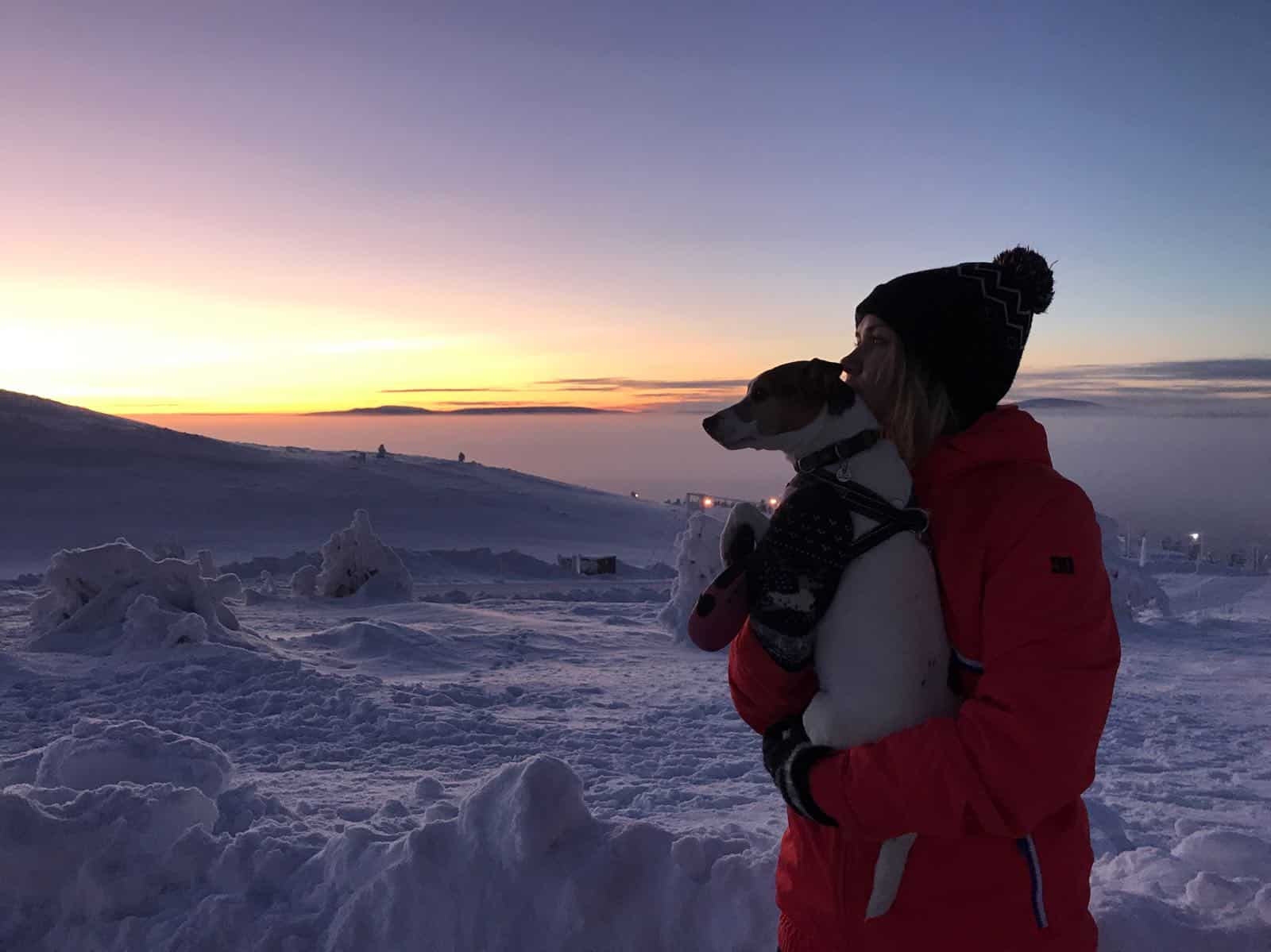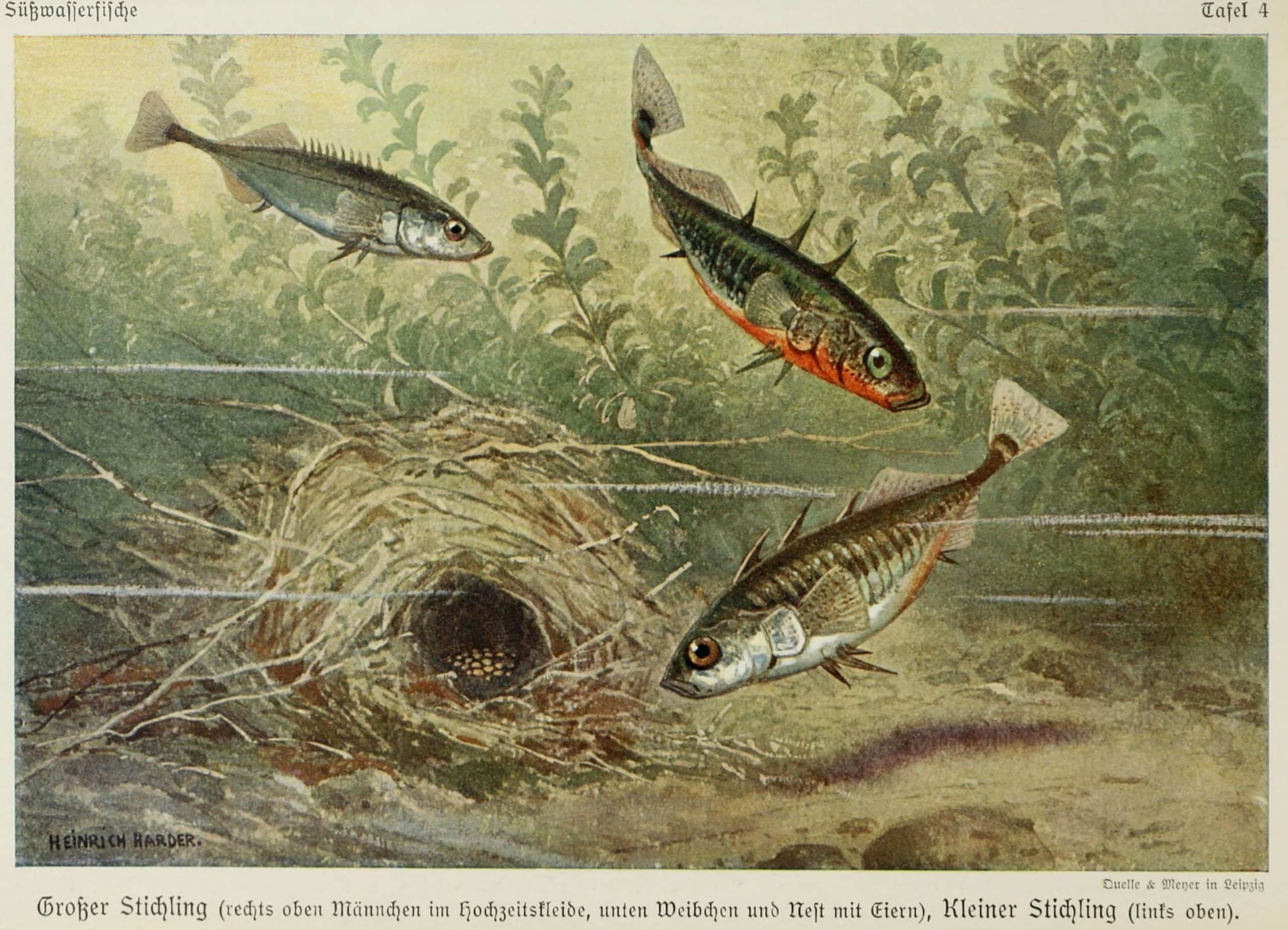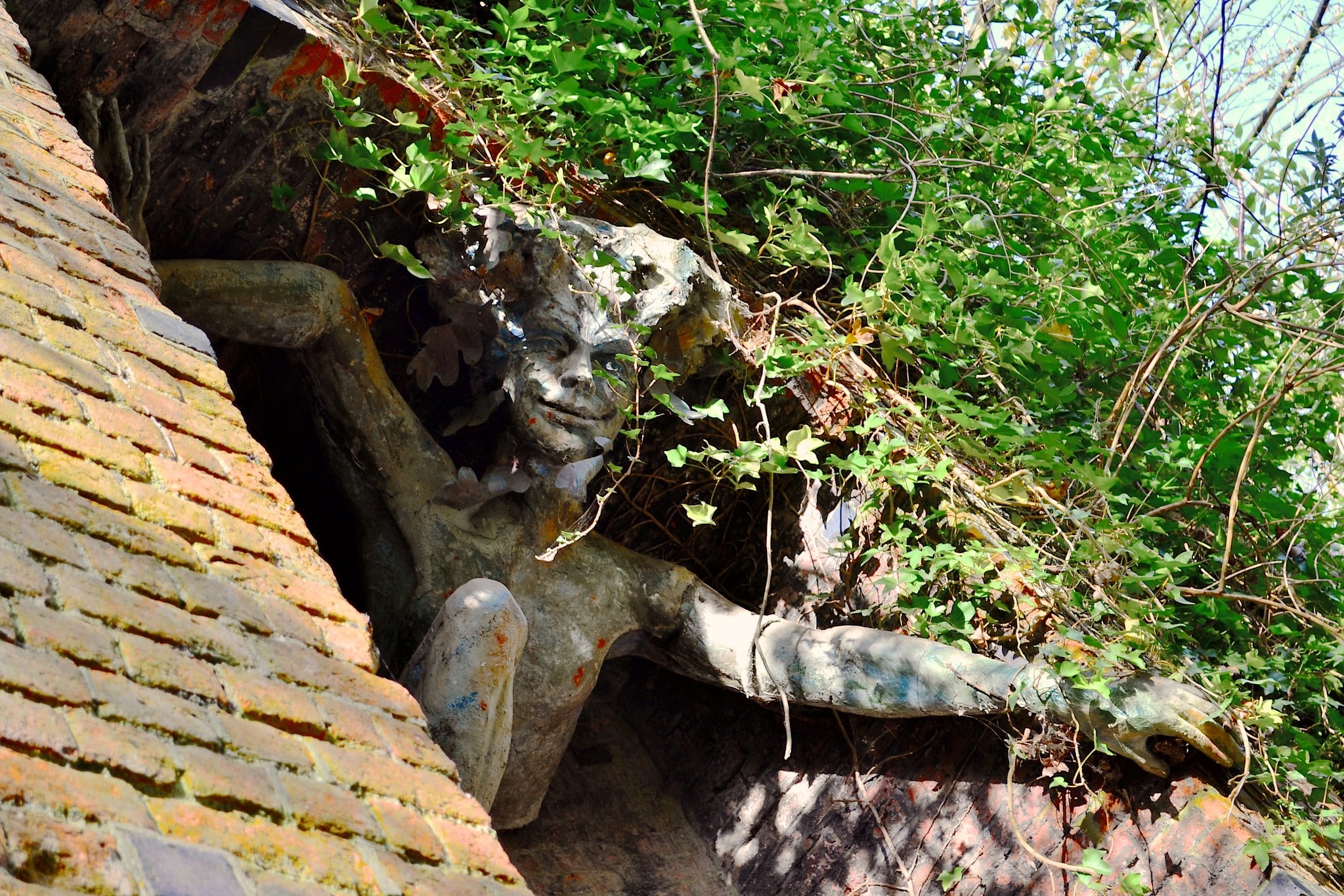Laura Kuurne, GiGL Database Officer
Laura is GiGL’s Database Officer. She delivers work to review, develop and maintain GiGL’s datasets of the capital’s Sites of Importance for Nature Conservation (SINCs) and their citations, open spaces, and habitats. You can read her latest article about SINCs here.

Town or countryside?
Countryside.
Summer or winter?
Winter.
Early bird or night owl?
Early bird.
Outdoor or indoors?
Outdoors.
Plants or animals?
Animals.

Three-spined stickleback (Gasterosteus aculeatus)
What species is closest to your heart and why?
Three-spined stickleback (Gasterosteus aculeatus). I first became familiar with this species in the West Coast of Finland, where I spent summers with my family when I was growing up. My sister and I would sit on a dock and observe them; they were easy to identify because of the three spines on their back. A decade later when I studied marine biology at university, I learned that this fish is actually one the most studied fish species in the world. I was surprised to know how well-known they are and excited to learn more about them.
What is your favourite Greater London open space and why?
When I first moved to London I felt very anxious about the amount of people and traffic. A friend of mine recommended me to visit Hampstead Heath and once I did, it changed my whole experience of London. It was the first open space that made me realise how amazing nature can be in a city. Since then, I have visited many other parks and open spaces in London but Hampstead Heath remains my favourite.
What has been your most formative experience working with the natural environment? And what did you learn then that you keep with you today?
In-between my undergrad and master’s degrees I spent a year in a small coastal village in Guatemala where I worked as a research assistant in a Marine Protected Area development project. We worked very closely with the local community and also gave environmental education classes in local schools. It was amazing to see how enthusiastically some of the locals engaged with the conservation activities and helped us improve the local environment. Through this, I have learned the importance of collaboration and local communities in nature conservation. Working at GiGL I have seen how passionate the local people in London are to conserve their green spaces and how involved they are in collecting and sharing environmental records. I find it very motivating and it makes me feel like what we do is meaningful.
How long have you worked for GiGL and how has your role changed in that time?
I have worked for GiGL only since last December so my role hasn’t really changed much. My work is mainly focused on database management but because the work GiGL does is so diverse, I have also had the opportunity to work with a variety of projects with different sectors. For this reason, every week is different but the main aspects of the role remain the same.
What is your most enjoyable GiGL task and why?
I like working with the Sites of Importance for Nature Conservation (SINCs) dataset. As a data geek I enjoy the technical aspects of database management but I also find it interesting to read more about the sites from SINCs reviews and borough planning documents. I think it’s amazing how many sites there are, even in central London.
What are the greatest differences in the challenges now facing London’s biodiversity, compared with when you joined GiGL? How can GiGL help?
The main challenges facing London’s biodiversity remain unchanged. Population growth in London demands more space for housing, schools, hospitals and other urban development, yet nature and public open spaces are increasingly important for both wildlife and public health. However, even within my six months here I have seen some positive change such as the confirmation that the government will mandate Biodiversity Net Gain and the development of National Park City that will be launched this July. So great things are happening! GiGL can help with these establishments and other biodiversity related issues by sharing access to environmental data. This can ultimately enable people to make decisions that benefit the community with minimal impact on London’s biodiversity.
London has a lot to offer someone looking to learn more about wildlife and open spaces. What one thing would you advise people to explore?

Spriggan sculpture by Marilyn Collins, on the Parkland Walk near Crouch End, North London (c) Tom Doel
I would definitely recommend Parkland walk, starting from Highgate to Finsbury Park. Parkland walk is a Local Nature Reserve and a Site of Metropolitan Importance for Nature Conservation. It has an interesting history and remarkable wildlife which makes it perfect for a quiet Sunday walk. On the way, you can stop to read about the local habitat, wildlife and history from the information signs provided by the council. You can also enjoy some art on the way such as the spriggan sculpture (that actually made me jump the first time I noticed it).
